Architecture often pushes boundaries, challenging our ideas of aesthetics, function, and symbolism.
Some buildings have not only pushed these boundaries but also stirred up significant controversy around the world.
Whether due to their unconventional design, cultural implications, or construction challenges, these edifices have sparked debates, protests, and even legal battles.
This article delves into 10 such controversial structures, exploring what makes them unique and the drama they have incited.
1. The Shard, London
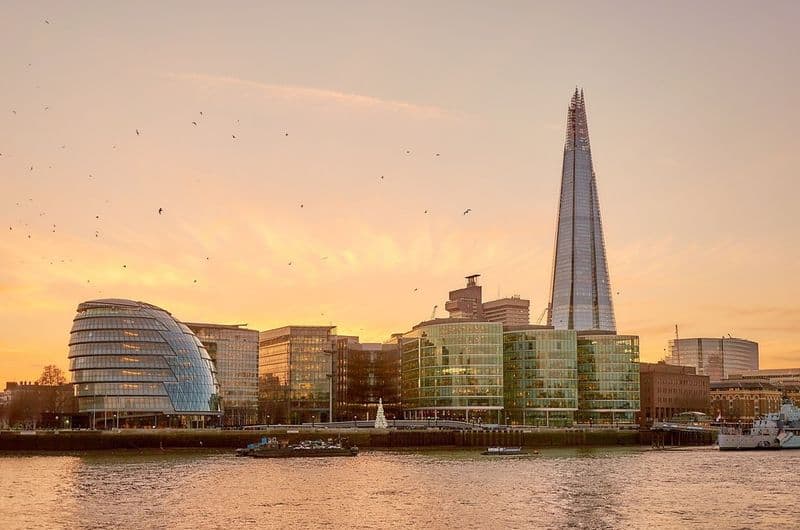
The Shard in London pierces the skyline with its gleaming, futuristic design. Standing at 310 meters, it has become an iconic feature of London’s cityscape.
However, its construction sparked heated debates. Critics argue that its modernity clashes with London’s historical architecture. The Shard’s financial implications also raised eyebrows.
Originally budgeted at £350 million, costs ballooned to over £1.5 billion. Despite this, it attracts tourists and businesses alike.
Its towering presence raises questions about blending new structures into historical settings, making it a focal point of urban development discussions.
2. Guggenheim Museum, Bilbao

The Guggenheim Museum in Bilbao is a masterpiece of modern architecture, designed by Frank Gehry. Its flowing titanium curves and innovative design transformed Bilbao’s cultural landscape.
However, its construction was not without controversy.
Critics questioned the enormous public funds used for a single building during Spain’s economic struggles. Despite this, the museum revitalized the city, bringing tourism and economic growth.
The Guggenheim stands as a testament to the power of art and architecture, sparking debates about public funding for cultural projects and the role of iconic architecture in urban renewal.
3. The Ryugyong Hotel, Pyongyang

North Korea’s Ryugyong Hotel is a towering pyramid that dominates Pyongyang’s skyline.
Initially intended to showcase North Korean prosperity, its construction halted multiple times due to economic hardships.
The unfinished hotel remains a symbol of ambition overshadowed by financial and political realities. Critics label it as the ‘Hotel of Doom,’ a failed project reflecting the country’s struggles.
Despite recent attempts to complete it, the Ryugyong remains largely uninhabited.
Its tumultuous history raises questions about state-driven architectural projects and their impact on national image and resources.
4. The Walkie-Talkie, London

Officially known as 20 Fenchurch Street, the Walkie-Talkie in London is renowned for its unusual top-heavy design.
It became infamous when its concave shape focused sunlight, creating intense heat spots on the street.
This unexpected phenomenon led to damaged cars and discomfort for pedestrians, earning it the nickname ‘Walkie-Scorchie.’ Developers had to invest in costly architectural modifications to resolve the issue.
The building’s story highlights the importance of considering environmental impacts in skyscraper design, reminding us of the delicate balance between innovation and practicality.
5. The National Library, Minsk
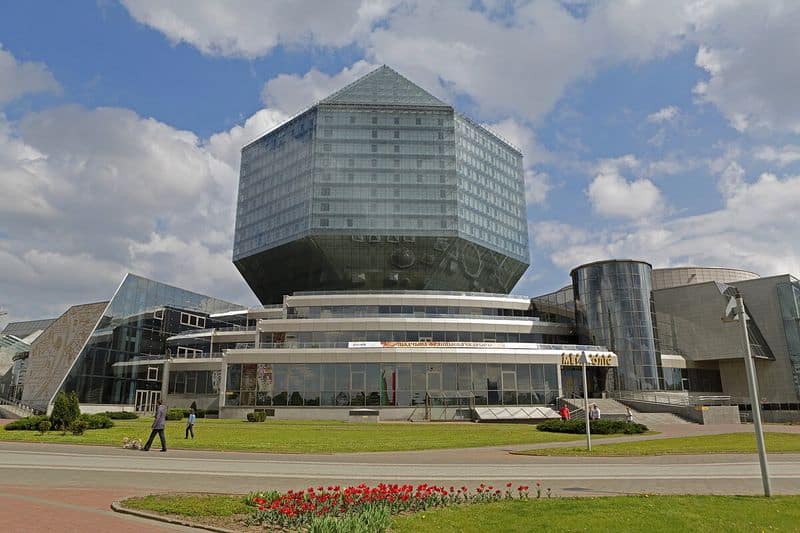
The National Library of Belarus in Minsk is a strikingly futuristic structure resembling a diamond. Its avant-garde design and colorful night illuminations have sparked mixed reactions.
While some praise its uniqueness, others criticize it for its cost and unconventional appearance. Built during economic challenges, it drew attention to government spending priorities.
The library, however, serves as a cultural hub, storing millions of books and offering panoramic views of the city.
Its controversial design raises questions about the relationship between functionality, aesthetics, and public expenditure in architectural projects.
6. The Lotus Temple, New Delhi
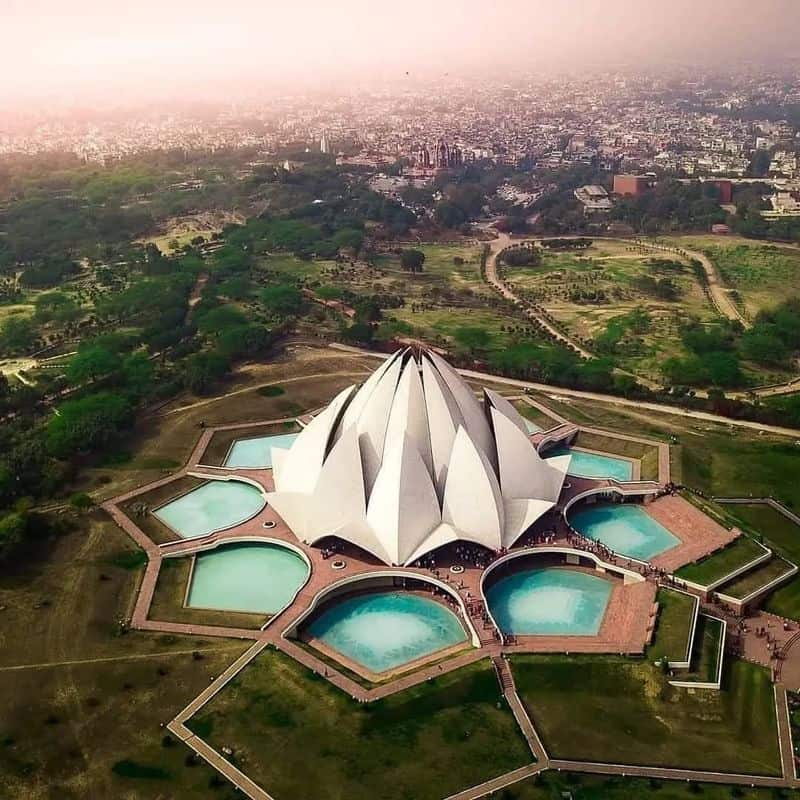
The Lotus Temple in New Delhi is a marvel of modern architecture, inspired by the form of a blooming lotus flower.
Its serene beauty attracts millions of visitors annually. However, its construction was mired in controversy.
Some religious groups criticized the Bahá’í faith’s prominence in India, sparking debates over religious representation. Despite this, the temple promotes unity and peace, welcoming all faiths.
The Lotus Temple’s story highlights the complexities of religious architecture in diverse societies, illustrating how design can foster dialogue and understanding amid controversy.
7. The CCTV Headquarters, Beijing
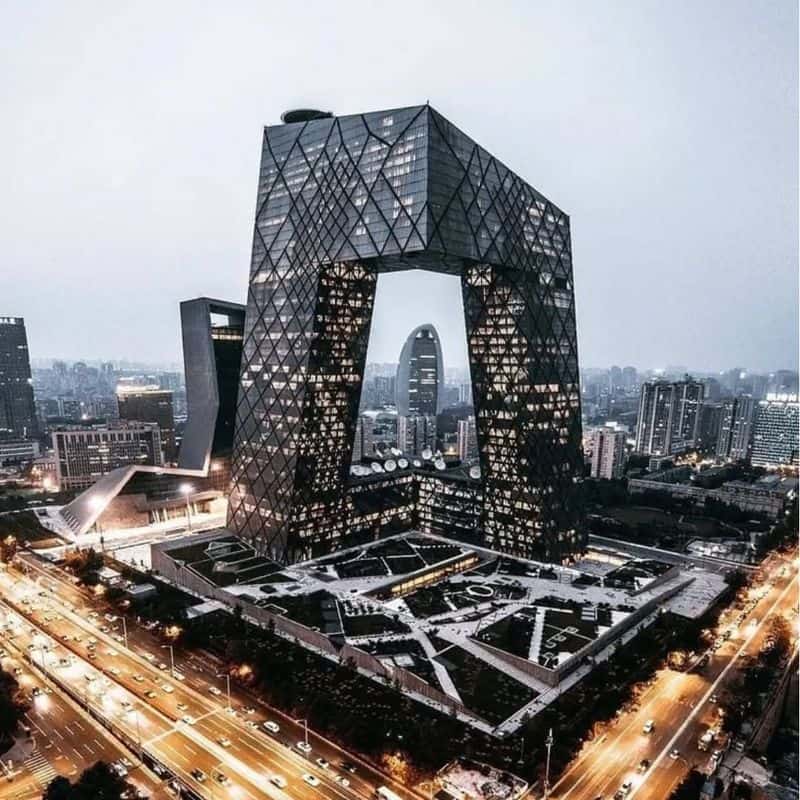
Beijing’s CCTV Headquarters is an architectural marvel with its bold, angular design, often described as a ‘z-crisscross.’
It defies conventional skyscraper aesthetics, symbolizing China’s modernity. Yet, its construction faced criticism.
The building’s high costs raised concerns during an economic slowdown, and its unusual design was dubbed ‘the pants’ by locals.
Nevertheless, its unique form has become symbolic of Beijing’s architectural ambition.
This building exemplifies how innovative architecture can challenge perceptions, pushing boundaries of design while sparking debate about cost and cultural impact.
8. The Palace of the Parliament, Bucharest

The Palace of the Parliament in Bucharest is the world’s heaviest building, a colossal structure symbolizing the excesses of Nicolae Ceaușescu’s regime.
Its construction displaced thousands of residents, leading to widespread criticism. The financial burden on Romania was immense, consuming significant national resources during its development.
Today, it stands as both a tourist attraction and a reminder of past extravagance.
The palace’s history serves as a cautionary tale of unchecked power and the consequences of monumental architecture, reflecting on the delicate balance between national pride and fiscal responsibility.
9. The Torre Glòries, Barcelona
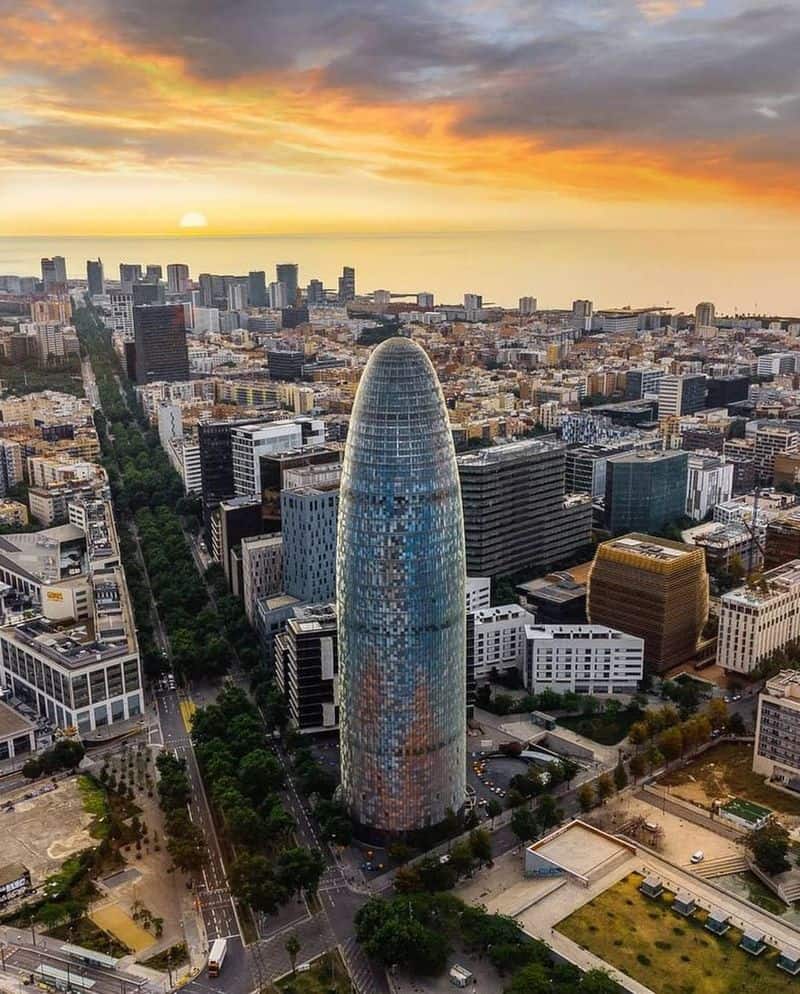
The Torre Glòries in Barcelona, also known as the ‘Gherkin,’ is a bullet-shaped skyscraper that has divided opinions since its inception.
Its modern design contrasts sharply with Barcelona’s historic architecture.
Critics argue it disrupts the city’s traditional skyline, while supporters see it as a symbol of Barcelona’s modern innovation. Despite mixed reviews, it has become an integral part of the city’s identity.
The Torre Glòries challenges the notion of aesthetic harmony in urban settings, illustrating the ongoing dialogue between tradition and modernity in city landscapes.
10. The Marina Bay Sands, Singapore
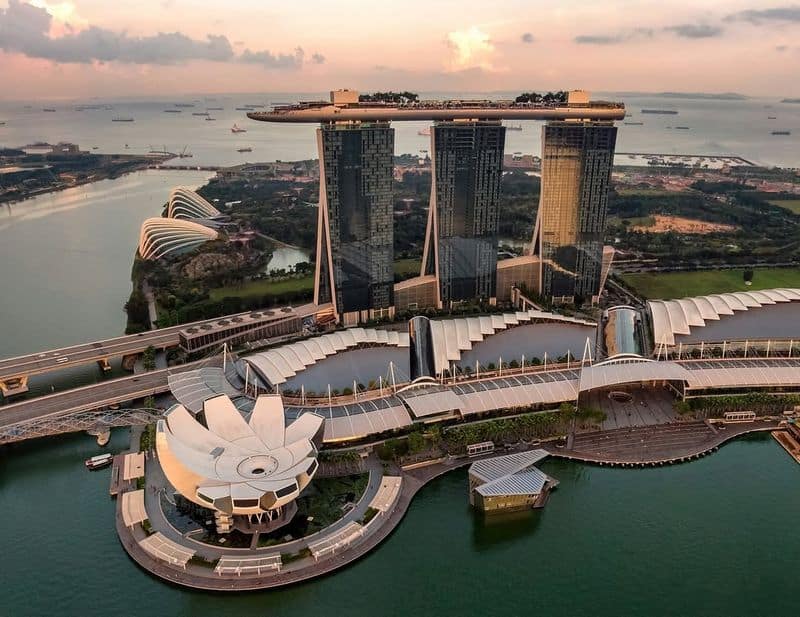
The Marina Bay Sands in Singapore epitomizes luxury and modern architecture, with its iconic boat-shaped sky park. Its construction, however, sparked controversies over cost and environmental impact.
Costing $5.7 billion, it was one of the most expensive buildings ever constructed. Its impact on Singapore’s skyline is undeniable, but debates continue over its environmental footprint.
The Marina Bay Sands exemplifies the challenges faced by large-scale developments, highlighting the need for sustainable building practices while providing breathtaking panoramas and luxury experiences.

